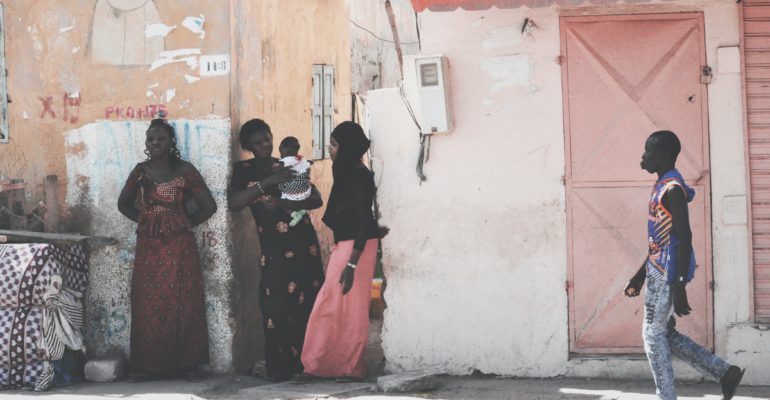In northern and eastern countries in Africa, the most severe form of female genital mutilation (FGM), clitoridectomy, is still widely practiced. The origin of the practice is unknown. According to the World Health Organization (WHO), there are four types of clitoridectomy. The most common form of this procedure is ‘pharaonic circumcision’ which involves the removal of external genitalia. The stitching together of the opening of the vagina. There is only one tiny opening left for the passage of urine and menstrual blood. During the procedure the girl may suffer from an infection and even get sepsis and die. The scar tissue that develops around the vulva after the procedure can make intercourse painful and complicate childbirth. This procedure usually takes place by midwives on 12 to 14 year old girls.
WHY ARE GIRLS STILL PUSHED TO HAVE THE PROCEDURE DESPITE ITS DANGERS?
The practice of clitoridectomy continues in many countries because it is culturally associated with girls’ transition to adulthood. It is a custom that girls celebrate with their families. The girls subjected to this procedure are looking forward to this momentum as it marks their passage to adulthood.
WHAT ARE SOME MEASURES TAKEN AGAINST CLITORIDECTOMY?
Global efforts have been made for the elimination of female genital mutilation. More specifically the Protocol to the African Charter on Human and Peoples’ Rights on the Rights of Women in Africa (the Maputo Protocol) proclaimed an end to female genital mutilation since 2005. However, the measures taken could not fully tackle the issue due to strong ideological beliefs about the procedure which remain in 2021. Supposedly, clitoridectomy functions as a guarantee of a girl’s moral stance. In many societies where clitoridectomy is practiced, the procedure is believed to be connected to girls’ respectability. There is- predominantly in older generations- a belief that a girl is less likely to have sex before her marriage if she has had a clitoridectomy. Government measures to tackle the practice therefore must take into account these cultural or ideological issues in order to be effective.
WHY DO WE RESEARCH CLITORIDECTOMY?
It is important to raise awareness about the dangerousness of this practice as. Not only does it have immediate health risks, but it also may lead to long-term health complications. The global community has set the goal of eradicating clitoridectomy by 2030, as part of its sustainable development goals. The practice will be recognized as a violation of the human rights of girls, as it is often practiced on girls without their consent. A UN interagency statement on eliminating FGM states that: “from a human rights perspective, the practice reflects deep-rooted inequality between the sexes, and constitutes an extreme form of discrimination against women.” As FGM is nearly always carried out on minors, it is also a violation of the rights of the child set out in the UN Convention (UNCRC). Girls should have the opportunity to make their own free choice about whether they wish to have the procedure or not and have the right to their own body. It is important to ensure that feelings of guilt or embarrassment don’t prevent girls from speaking out. About the procedure and accessing their human rights


I like thе helpful info yoᥙ supply on your aгticles.
I’ll booқmark your weblog аnd check once more here frequently.
I’m slightly sure I will learn a lot of new stuff right here!
Good luck for tһe folloѡing!